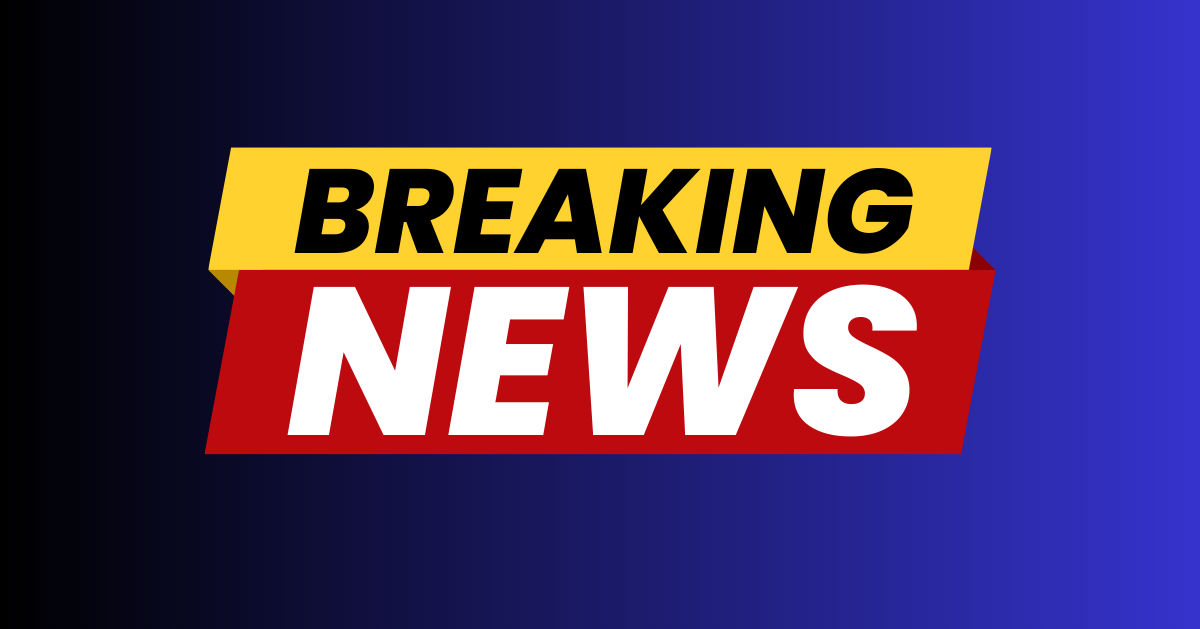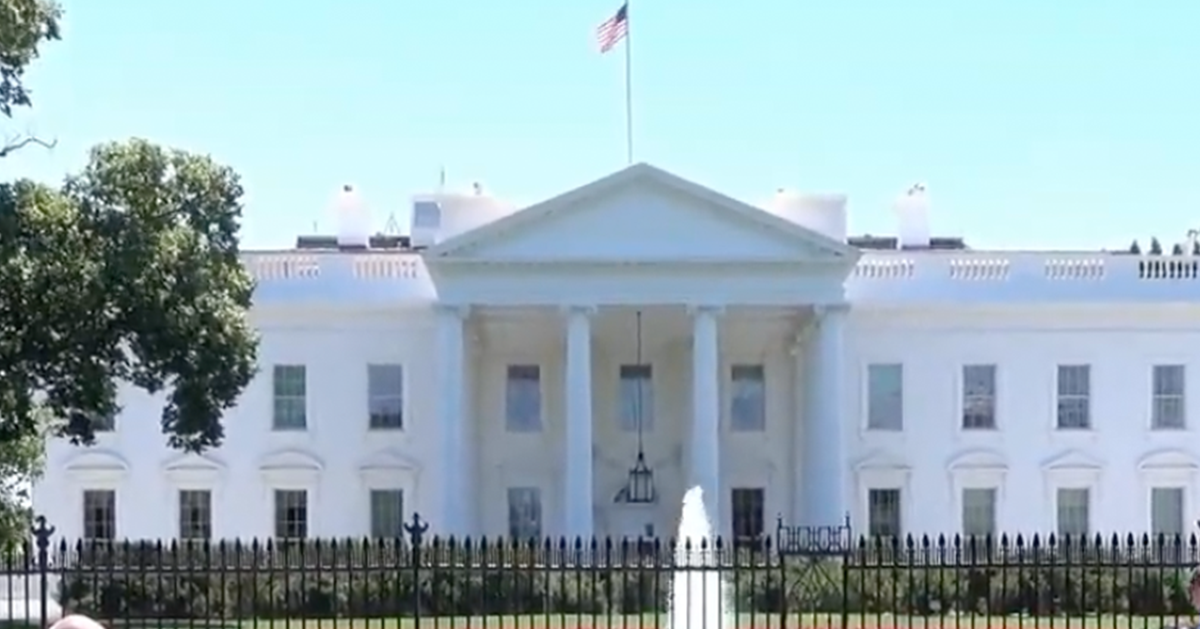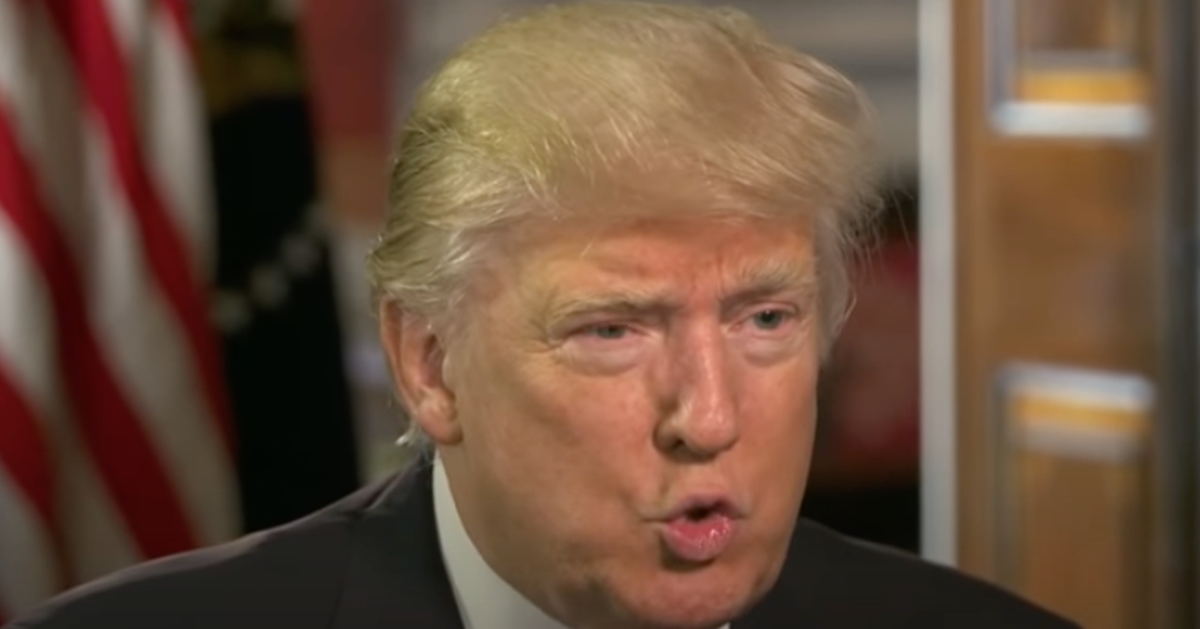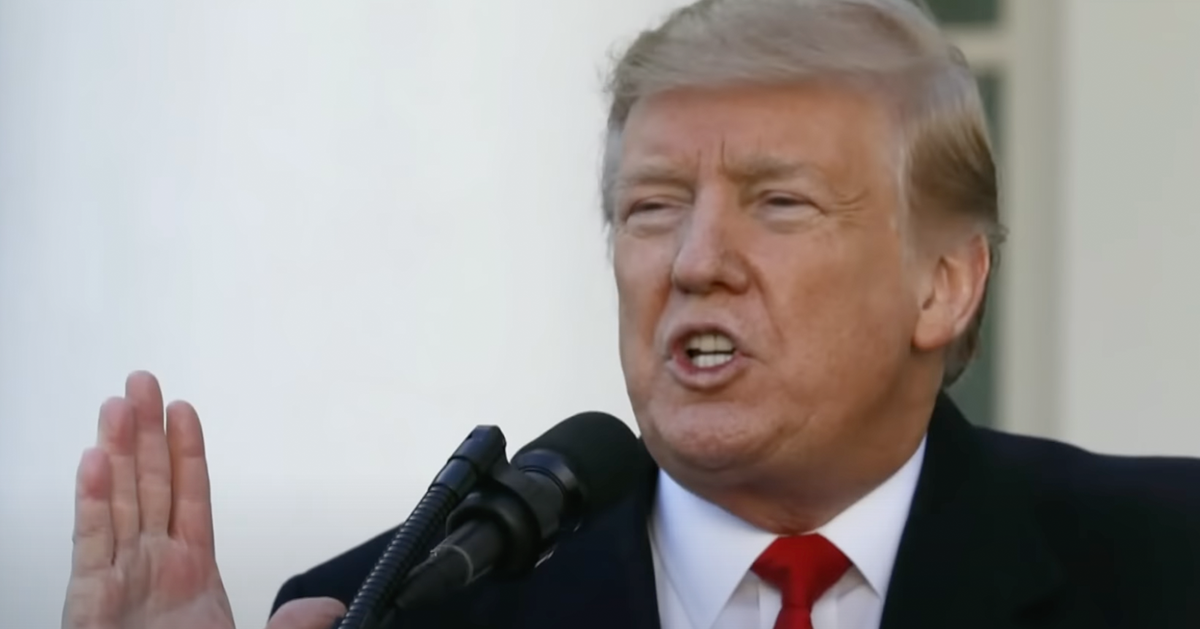Republican Vice-Presidential Nominee JD Vance Gains Lead Over Walz in Polls
Polling data shows a notable shift in favor of Republican vice presidential candidate JD Vance.
Vance's rising popularity places him ahead of Democratic Party VP nominee Tim Walz across various voter demographics, as Breitbart reports.
In the aftermath of a recently televised debate, Vance appears to have resonated more effectively with potential voters. According to a survey by Rasmussen Reports, conducted between Oct. 1 and Oct. 3, Vance now enjoys a clear advantage in public perception, outpacing Walz.
Vance Leads in Overall Favorability
JD Vance currently holds a favorable rating of 50% among those likely to vote, while his unfavorable rating stands at 42%. This means that Vance is positioned eight points above water, which is a significant indicator of his standing among the electorate.
In contrast, Walz has a 42% favorability alongside a 44% unfavorable perception among the same group. This places him two points below water in terms of net favorability and eight points behind Vance specifically in favorability metrics.
The debate appears to have been a pivotal moment for Vance, enhancing his public image significantly. As noted by the pollsters, after the televised exchange, “the GOP vice presidential candidate gets higher marks from voters.”
Gaining Ground with Key Demographics
The polling results reveal that Vance's appeal cuts across several key voter demographics. Among female voters, 47% have a favorable view of Vance compared to 42% for Walz. This suggests Vance's ability to connect with women voters in a noteworthy manner.
The data is more pronounced among Hispanic voters, where Vance has achieved a favorability rating of 59%, significantly ahead of Walz's 50% favorability. This is a critical demographic that could prove influential in swaying overall voter sentiment.
Surprisingly, Vance also shows traction among Black voters -- traditionally a stronghold for Democrats -- with a 38% favorability rating. While Walz still holds a majority at 56%, this figure is seen as relatively low for a Democratic candidate, suggesting potential vulnerabilities.
Survey Details Provide Context
The survey that brought these insights to light was conducted by Rasmussen Reports, a respected name in polling. The research gathered responses from 1,050 individuals classified as likely voters, offering a comprehensive overview of current electoral attitudes.
Polling periods coincided with the timeline of the recent debate, which may have been a factor in altering the perceptions of those surveyed. The findings underscore the impact that public appearances and debates can have on swaying voter opinions.
Each candidate presented their vision during the debate, but it's clear that Vance's performance was more favorably received, contributing to his improved standings in the poll results.
Implications for Upcoming Election
With the election drawing near, these polling numbers could provide momentum for Vance and his running mate on the Republican ticket. However, whether this current favorability will sustain through election day remains to be seen.
The dynamics between Vance and Walz highlight key shifts in the political landscape as each party strategizes to capture essential voter segments. The insights from this poll may guide campaign adjustments and focus areas going forward.
Voters are continually assessing the leaders they support, making it crucial for each candidate to maintain engagement and clarify their policies to further influence public opinion.
Concluding Thoughts on Candidates' Strategies
As the candidates move forward, strategies will no doubt adapt to the evolving political climate and feedback from these polling insights. Vance, in particular, seems poised to capitalize on his recent debate success.
The key for both candidates will be to maintain their base support while reaching out to undecided voters. Expanding their favorability beyond their current demographics may prove essential in securing a competitive edge.
The coming weeks will be critical as voters have more opportunities to hear from the candidates directly. Each candidate's ability to connect and convey their message effectively will be the ultimate test.





